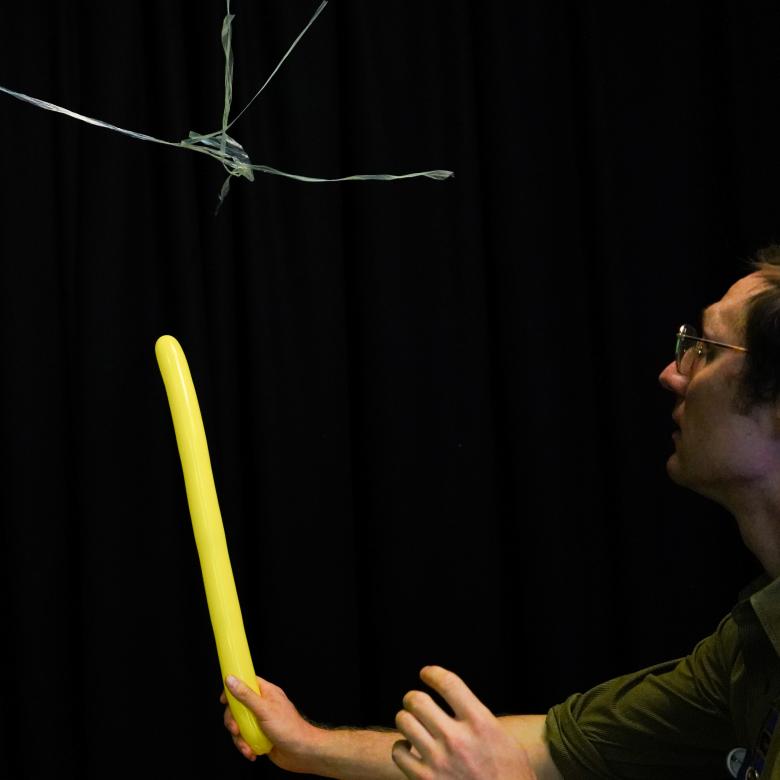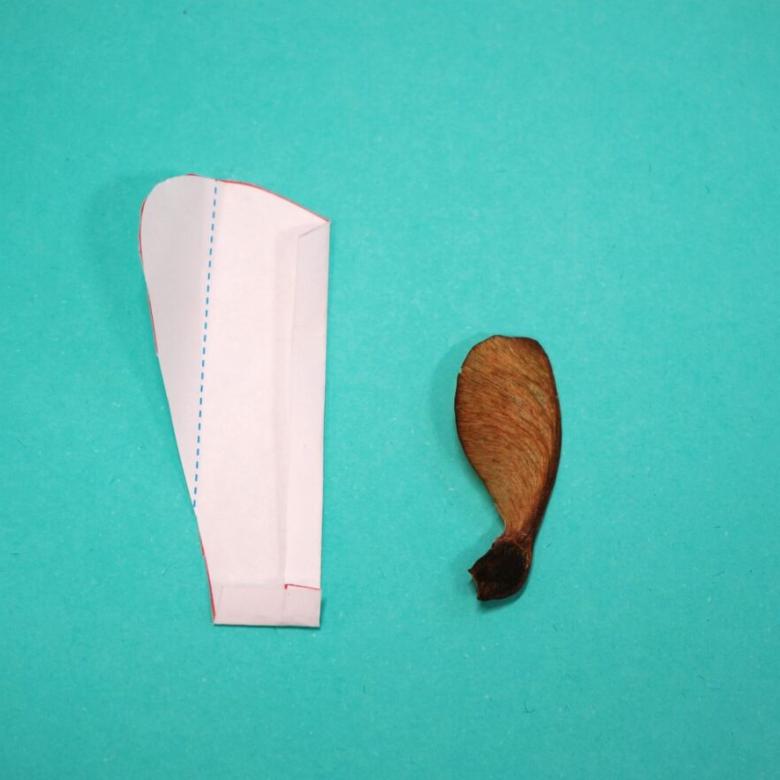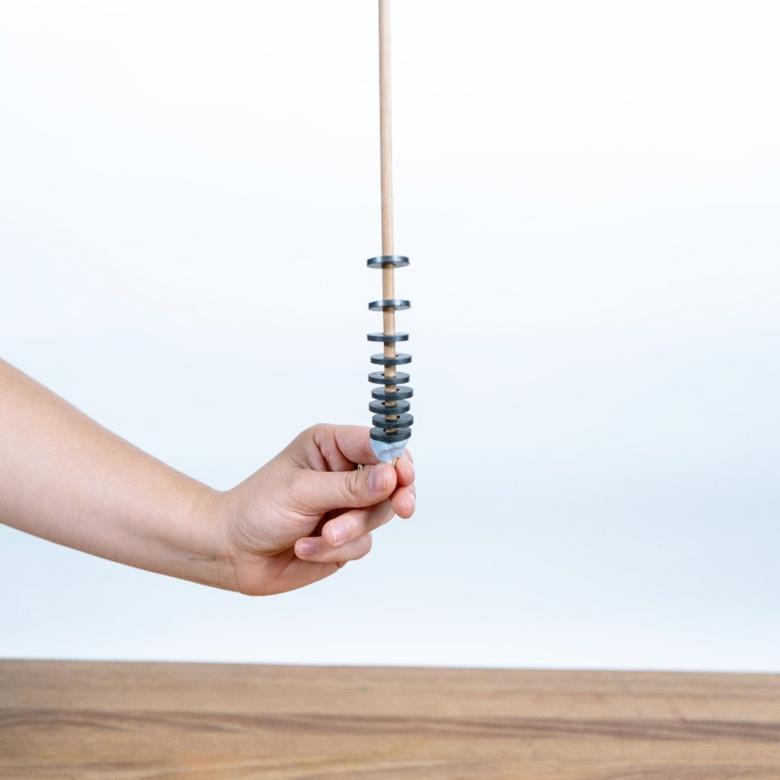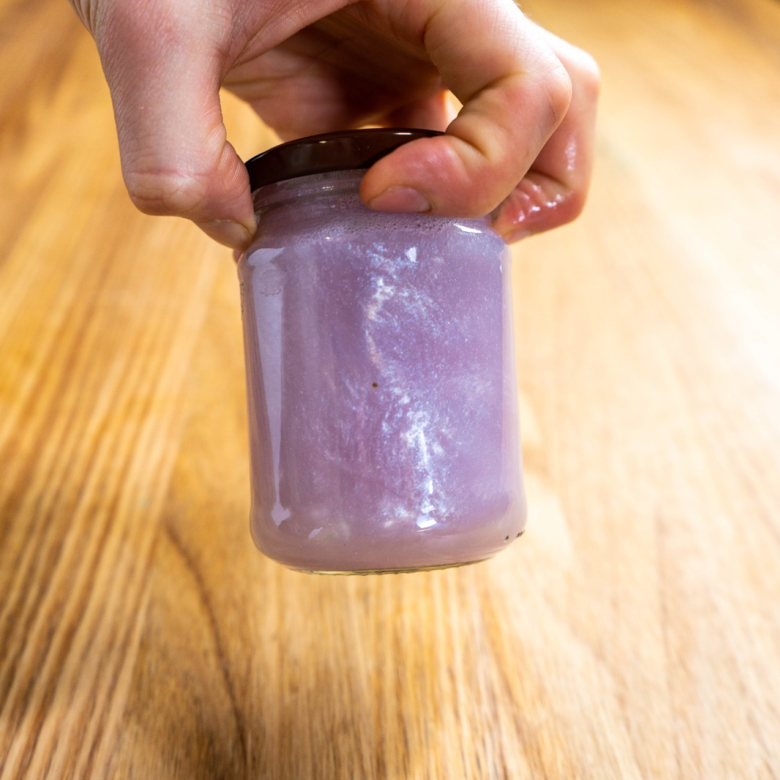You'll need
- A long balloon, blown up (the type used to make balloon animals works best)
- Nylon fabric, such as a nylon shirt
- A thin plastic bin liner
- Scissors
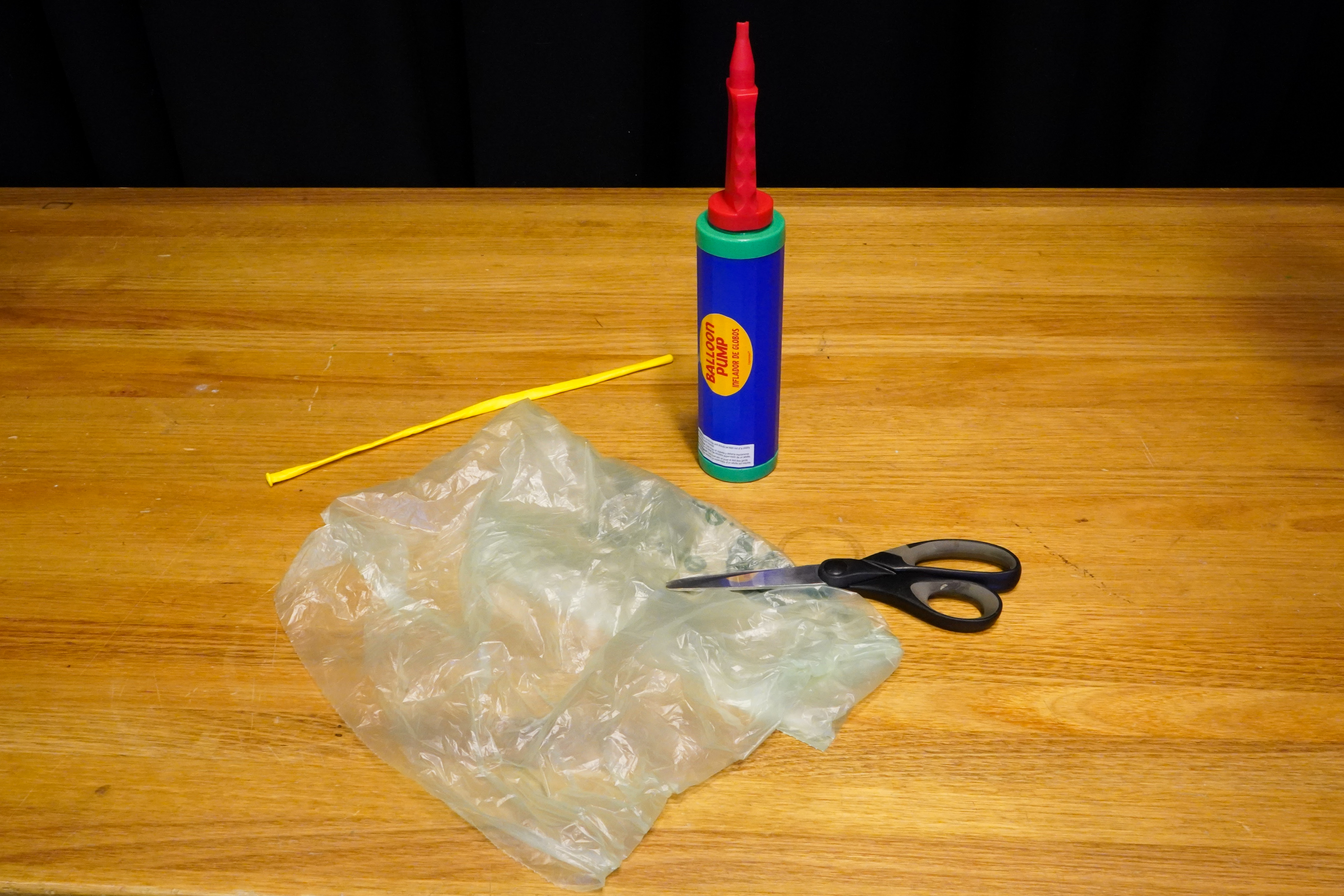
What to do
- Cut the plastic bin liner into 20-cm-long strips. Tie the strips together with a knot at one end. This will be your jellyfish!
- On a flat, non-metal surface (such as a wooden table or stone countertop), rub the jellyfish with the nylon fabric in one direction away from the knot. Repeat five or six times, or until the jellyfish begins to stick to the table.
- Hold one end of the inflated long balloon and rub away from your hand with the nylon fabric. Repeat five or six times until the balloon makes the hair on your arm (or on a hairy grownup) move when you hold it close.
- While holding the balloon in one hand, pinch your jellyfish at the knot and flick it up into the air. Quickly hold the balloon under the jellyfish while it's in the air. The arms of the jellyfish should spread out as it floats in the air above the balloon!
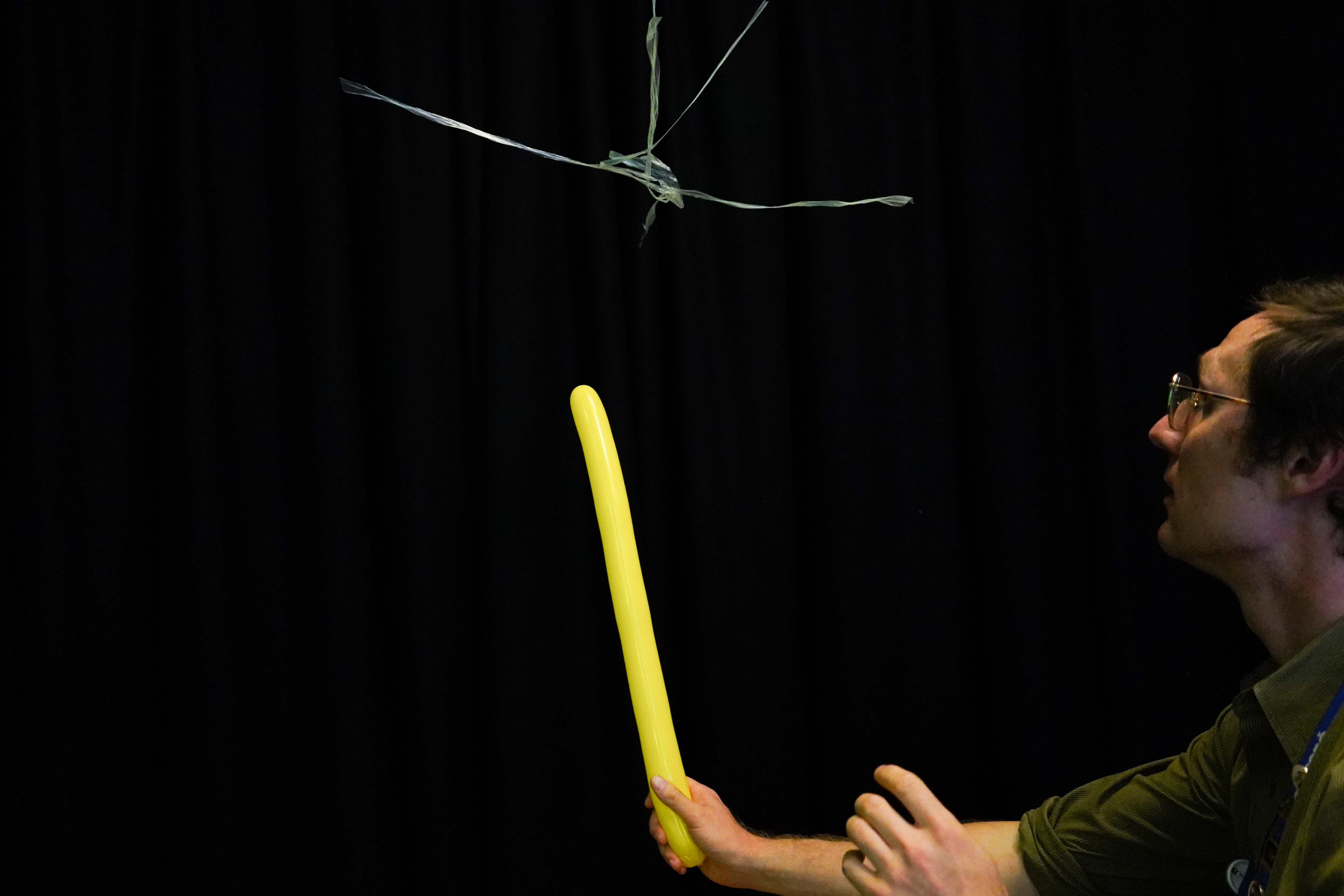
Troubleshooting
This activity can take a little bit of practice to get right, so don’t give up if it doesn’t work the first time! If you’re having trouble, try the following things:
- Be careful not to touch the jellyfish until you’re ready to flick it up into the air.
- Be careful not to touch anything with the balloon after you’ve rubbed it with the nylon fabric.
- The jellyfish may try to stick to furniture or the roof, so it’s better to try this activity in a space with high ceilings.
- This activity works best on cool, dry days. If it is a hot, humid day you may need to find somewhere inside with air-conditioning to try the activity.
Questions to ask
How long can you keep your jellyfish in the air for?
Can you cut any other shapes from the plastic bin liner that can float above the balloon? How about a butterfly, or an alien spaceship?
What's happening
This activity starts with rubbing the nylon fabric against the balloon and the jellyfish. When you do this, some of the electrons from the fabric ‘come off’ onto the balloon and jellyfish. But what is an electron, and how does it make the jellyfish float?
Everything that you can touch, taste, hear and smell is made of atoms. Atoms are made of three types of smaller particles: protons, neutrons and electrons. Protons and neutrons clump together in the nucleus at the centre of the atom, while electrons orbit around the nucleus. Electrons and protons have electric charge. Electrons have a negative charge, while protons have a positive charge. Neutrons have no electric charge – we say they are ‘neutral’.
Just like the poles of a magnet, particles with opposite charges attract each other, while particles with the same charges repel each other. Negativly charged electrons are repelled from other electrons, and are attracted towards positively charged protons.
Some materials – like nylon – don’t hold onto their electrons very strongly. The balloon and jellyfish, on the other hand, hold their electrons very tightly, and will even take electrons from other things! The materials that make this possible are latex rubber for the balloon, and a type of plastic called polyethylene for the jellyfish. When you rub the nlyon fabric on the balloon and jellyfish, they collect extra electrons and become negatively charged.
Because they’re both negatively charged, the jellyfish and balloon now repel each other. For something as light as the jellyfish, this repelling force can be stronger than gravity. This means it can float in the air above the balloon!
Did you know
Some spiders can float in a way that is really similar to your jellyfish! Some young and small spiders can spin very fine silk threads that pick up extra electrons from the air. The surface of the Earth is slightly negatively charged, so as the silk thread collects electrons it is repelled away from the ground. As the threads are repelled into the sky the spiders are pulled up along with them. Spiders can use this to float as high as 4 km!

